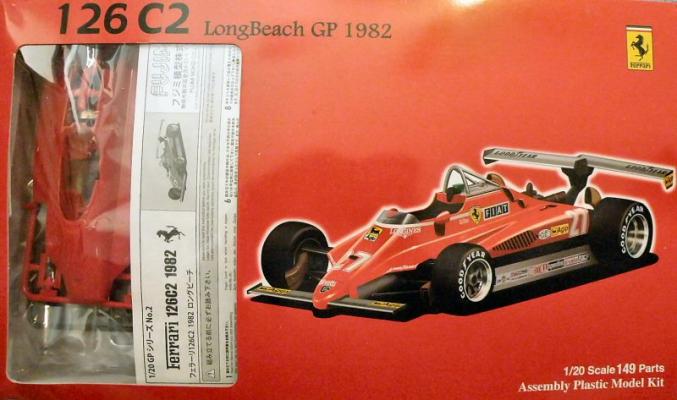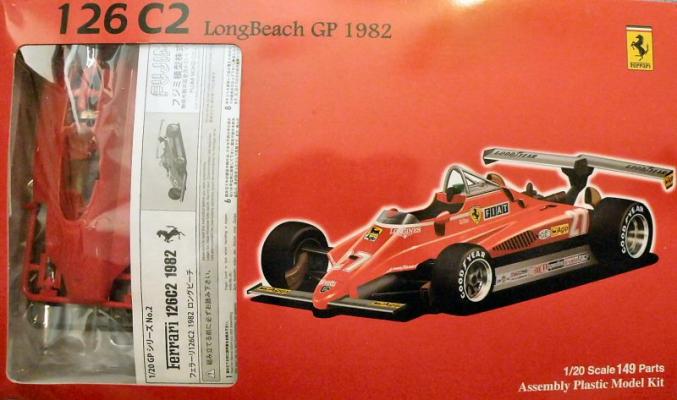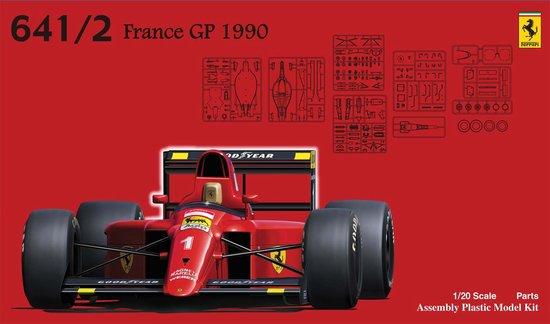When I wrote the first part of this review, I briefly outlined the story behind this unusual race car. In this part I'll actually build the kit.
Upon opening the box I found 144 parts. All molded very crisply with fine detail. I didn't follow the instructions step by step as I was anxious to build the engine. This consisted of 44 parts. Assembly went very quickly with a terrific fit on all parts. Basically no cleanup was needed. When completed I primed it with Duplicolor Automotive light grey primer and then airbrushed with Duplicolor Silver. When this was dry, I gave the engine dark washes and a light drybrushing with bright silver. This really popped out the detail.













